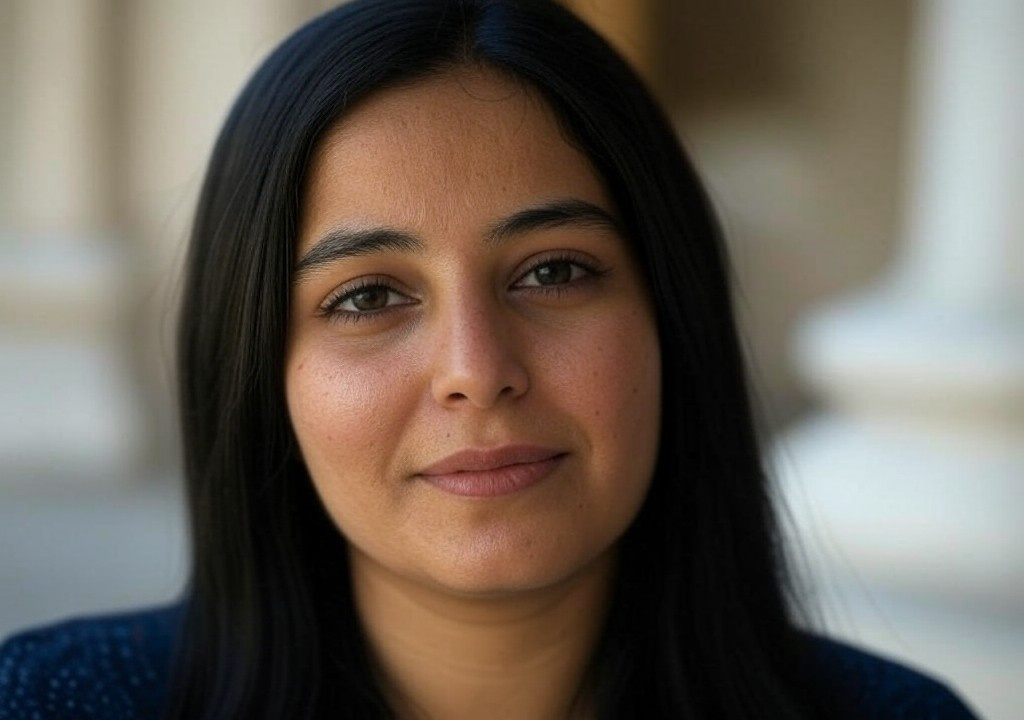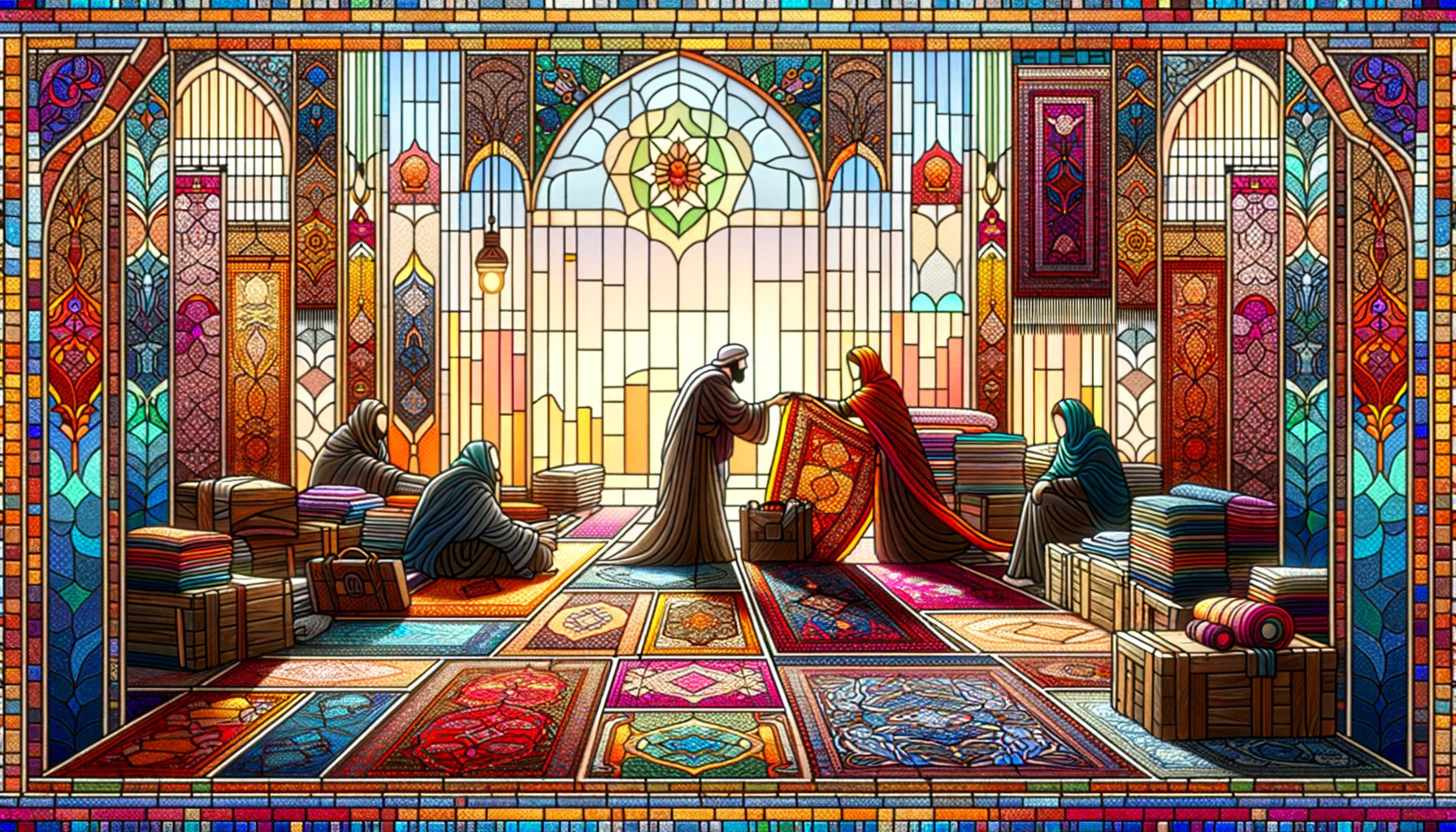Is there anything more anxiety-inducing than standing in front of a gate in Istanbul’s Grand Bazaar, asking a 70-something rug merchant if he’d mind pretending to be your secret lover—just long enough for you to get a decent quote for your story? That, dear reader, is how I found myself embarking on the weirdest reporting misadventure of my life. Spoiler alert: Ali Bey didn’t just agree; he leaned into the role with the gusto of a soap opera star, offering me pistachios and heartbreak in the same breath.
Let me explain.
How It Started: A (Brilliantly Bad?) Idea
The story in question was for a magazine themed around “Modern Love Across Generations.” My pitch? To dive into how romance is woven—quite literally—into the storytelling tradition of old Turkish rugs. It was meant to be this gorgeous, poetic piece: rugs as metaphors for love, intricate patterns reflecting the complexity of relationships, you get the idea. What no one tells you is that pitching can be like a first date that goes too well—you overpromise, overcommit, and suddenly you’re boarding a plane with a notebook, a Google Translate app, and no idea how you’re pulling this off.
Enter the Grand Bazaar, with its labyrinthine walkways and an atmosphere thick enough to taste—part spices, part centuries-old dust, and quite possibly, part existential dread. I was here to trace the story of a supposedly “enchanted” rug, rumored to have brought endless romantic luck to a Parisian couple. It was my job to separate fact from fiction. Or, as it would turn out, to blur the line so completely that even I forgot where it stood.
Act 1: A Beautiful Lie
The thing about writing stories steeped in tradition is that nobody wants to just “give” you the real deal. No, no—they want to test your sincerity, to see if you’re in on the joke or simply naïve enough to fall for it. After hours of awkward chitchat and several tiny cups of tea (Pro tip: Do not accept tea if you don't want to commit to an hour-long conversation. It’s the bazaar’s unwritten rule.), I finally met Ali Bey, the rug merchant who almost didn’t sell me a story but instead offered me a starring role in his love-lorn rug fable.
“There’s nothing like a forbidden romance,” he said, tugging gently on his mustache as if trying to recall one of his own. “People think rugs preserve history, but what they really preserve are secrets. If you want to write the story, you should pretend you’re part of one yourself. It softens their hearts. Trust me.”
Now, look—I could’ve said no. I could’ve walked away. But here’s the thing: there’s a part of me conditioned to never flinch in the face of an eccentric suggestion. Maybe it’s the Egyptian in me, used to family dinner debates spiraling into improvised storytelling battles. Or maybe it’s the years in Paris, a city where people respond to odd requests as if auditioning for a Truffaut film. So, I said yes. I played the game.
Act 2: The Courtship Plan
Ali showed me a rug adorned in deep reds and golds, its pattern swirled like the hypnotic movements of a Sufi dervish. It was stunning and completely unaffordable—and yet here I was, rehearsing my lines like a method actor. According to his tale, I was a rebellious European writer torn between professionalism and a wild overseas “affair” with none other than Ali himself. The rug represented our impossible romance, yadda yadda yadda. Several times, I considered bailing—especially when he dramatically whispered things like, “Quick! Smile at me like you’re confessing something about your soul!” But then, proof of his genius surfaced.
A neighboring shopkeeper overheard and started chiming in.
“Ali Bey, you dog! Even at your age, you inspire the likes of her. What rug is this—‘Lost Lovers in Cappadocia’?”
Was this real? Had Ali orchestrated this? Either way, the storytelling snowball was in full motion. Soon, the shopkeeper was adding entirely new details Ali himself hadn’t mentioned. “The rug is cursed,” he murmured in faux gravitas. “Those who buy it must choose between love and ambition. A heavy price!” He winked at me conspiratorially.
For a moment, I worried I might actually buy it—not because I believed its provenance but because I hated breaking a narrative that had spun itself into existence.
Act 3: Lessons in Story and Seduction
By the end of day two, I realized something both ridiculous and profound: romance—or at least its storytelling framework—has a universal formula. It’s a mix of vulnerability and whimsy wrapped in shared perspective. I wasn’t just parsing every charming fabrication from Ali Bey; I was seeing its relevance to dating, too. Isn’t this what we do on dates? We embellish ourselves slightly to feel more magnetic. We test each other’s enthusiasm for our quirks. While selling the idea of “us,” we’re also trying to believe it ourselves.
Here are three truths I carried home from the rug adventure:
- Stories Sell: Whether it’s about a century-old rug or your fascination with obscure French pop songs, putting a story behind a detail makes you memorable. On a first date, this could mean explaining why a certain meal reminds you of your grandmother’s kitchen in Alexandria. Or why you rearrange your living room whenever you’re having a bad week—it all builds intimacy.
- A Little Mystery Goes a Long Way: The cursed love rug was most certainly not cursed. But leaning into mystery—like leaving some facts unsaid or letting your date’s curiosity lead—creates intrigue. Share yourself, but remember not to spill the soup all at once.
- Playfulness Breaks Down Walls: What Ali did masterfully wasn’t just haggling for prices. He turned what could’ve been a stale negotiation into pure theater. Playfulness bridges worlds, whether you’re talking rugs in Istanbul or flirting over coffee in Camden.
Curtain Call: The Weirdest Thing Leads to the Best Story
I didn’t buy the rug. Too cursed for my journalist salary, as it were. But the whole chaotic affair left me charmed—and, oddly, reminded of how silliness and storytelling enrich our connections.
Months later, when my story published (sans our fake romance, don’t worry), I sent Ali Bey a copy of the magazine. He replied with a single message: a winking emoji and “I hope you included our love story in the fine print.”
Because, dear reader, no matter where you’re from or what language you speak, the weirdest things we do for connection—or for a story—always make the best tales. And maybe, occasionally, the best dates too.




















